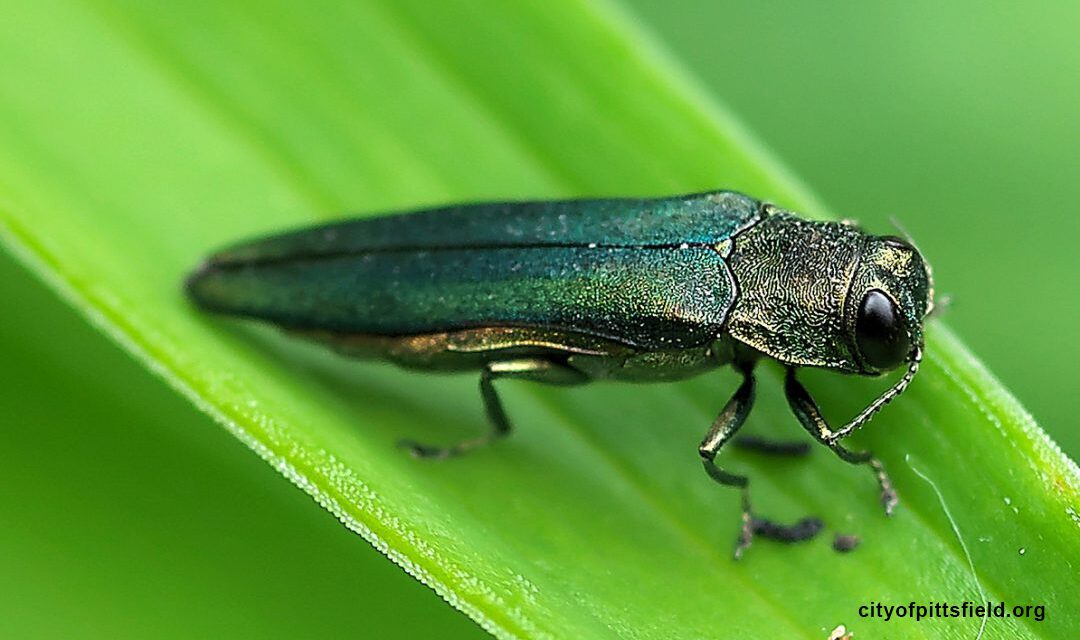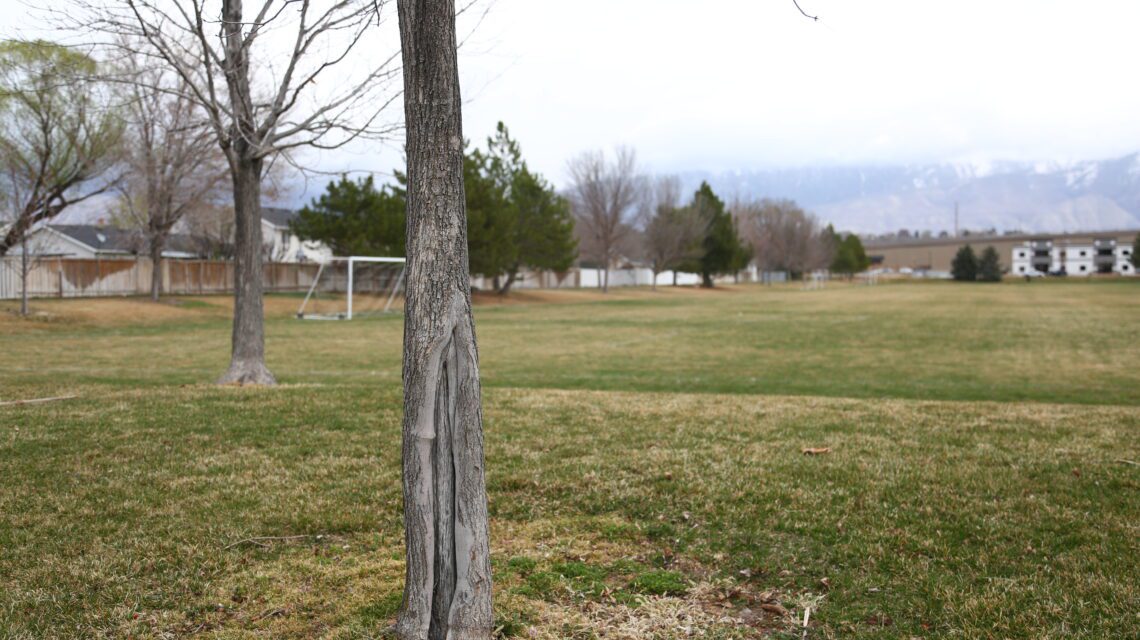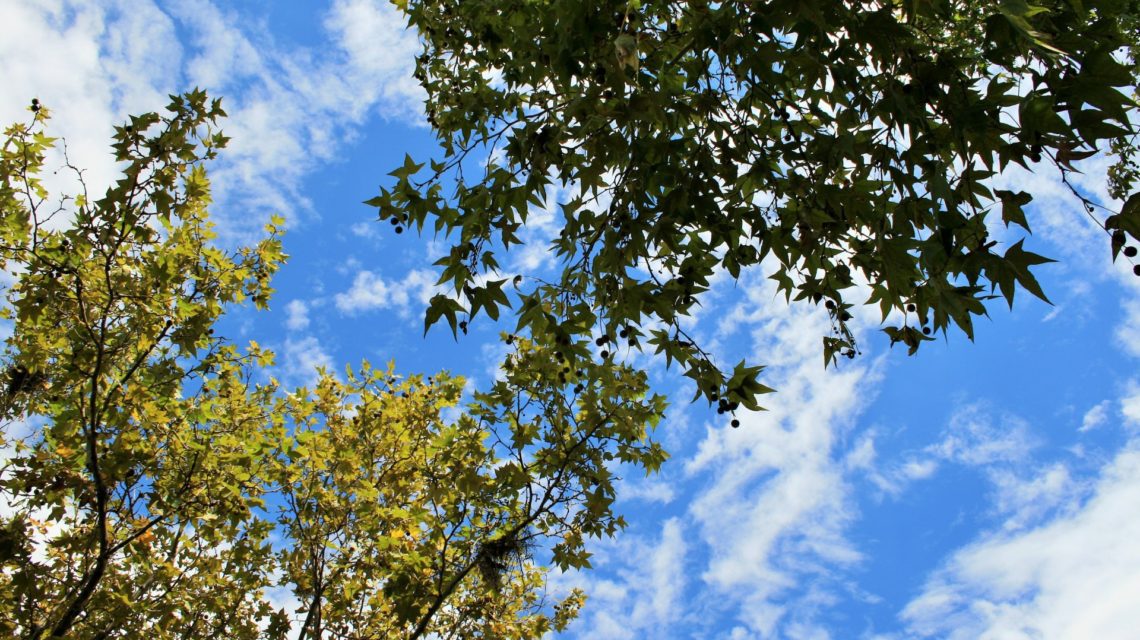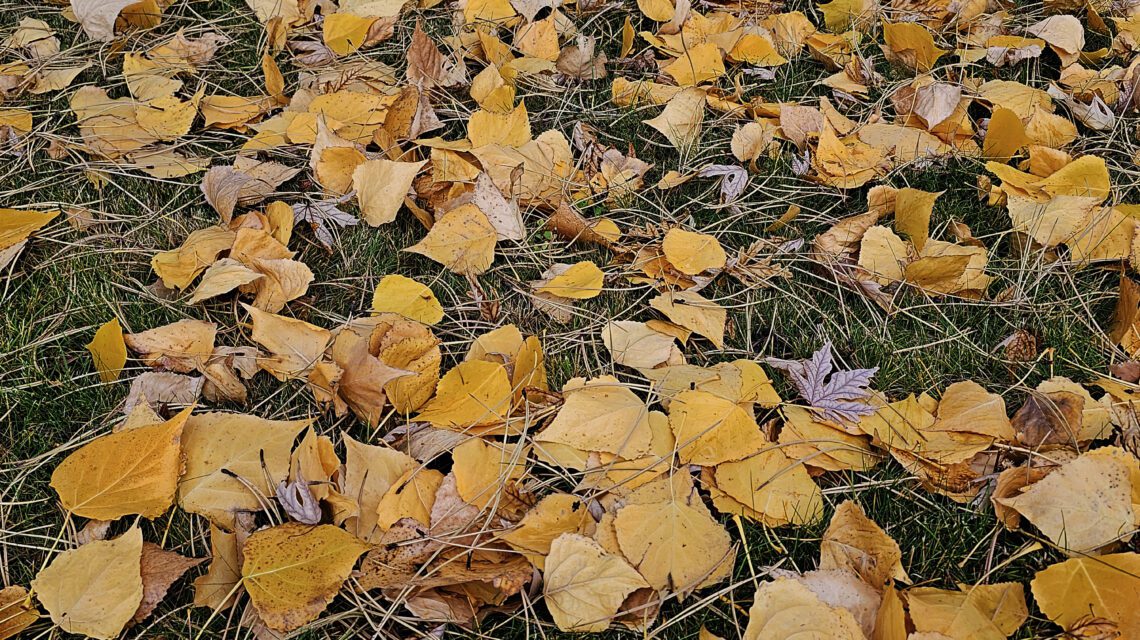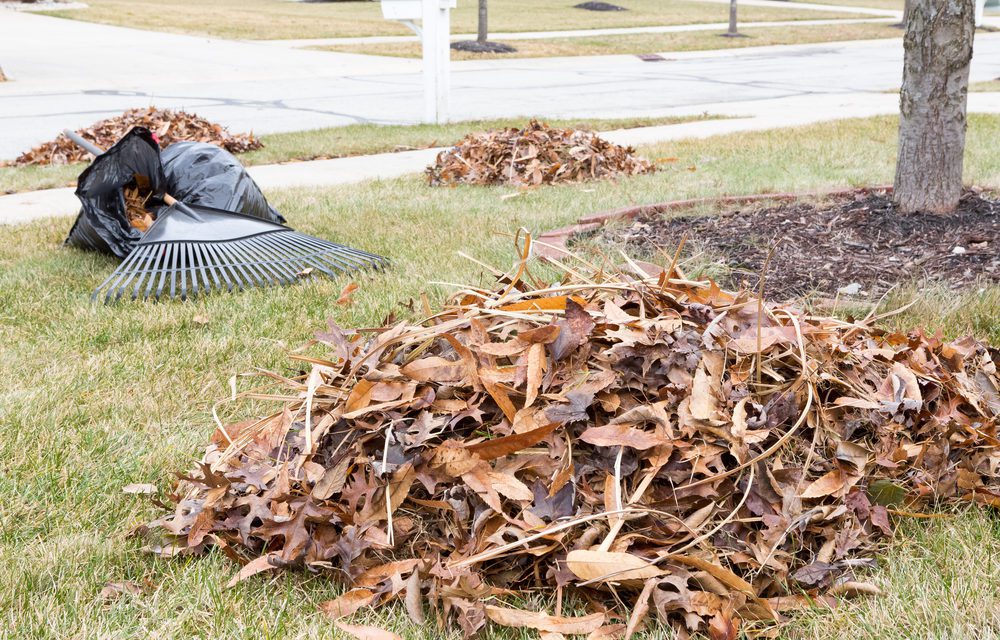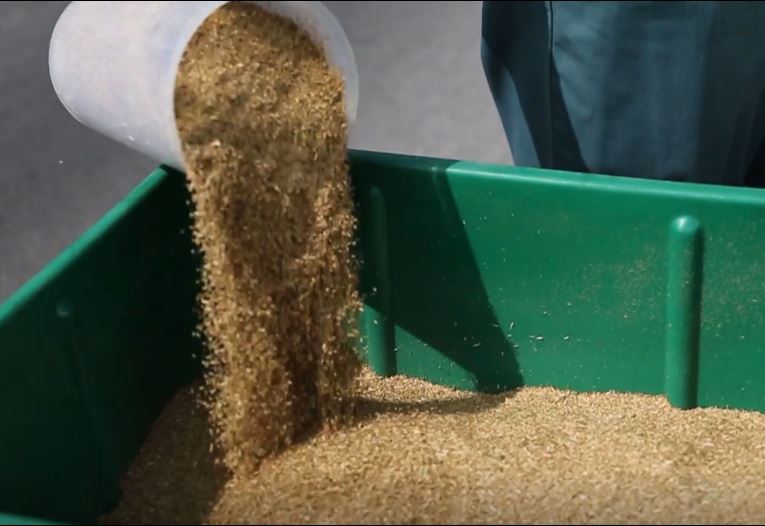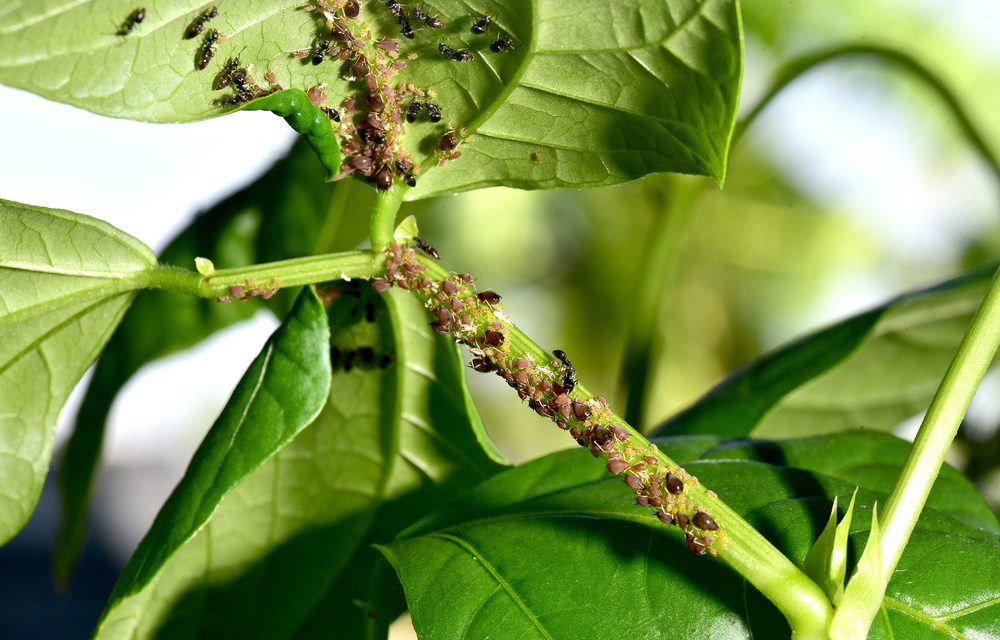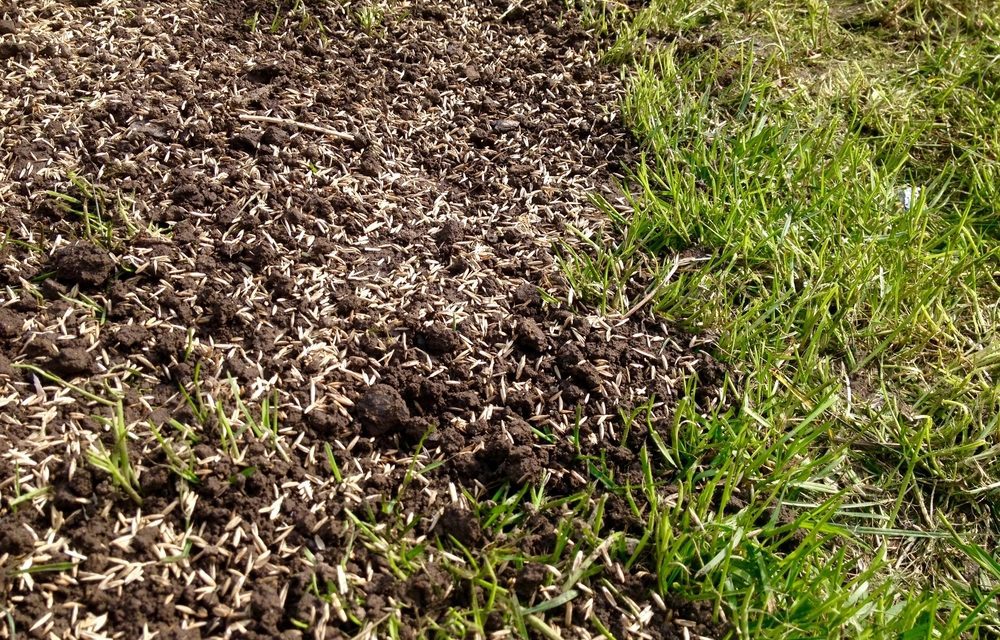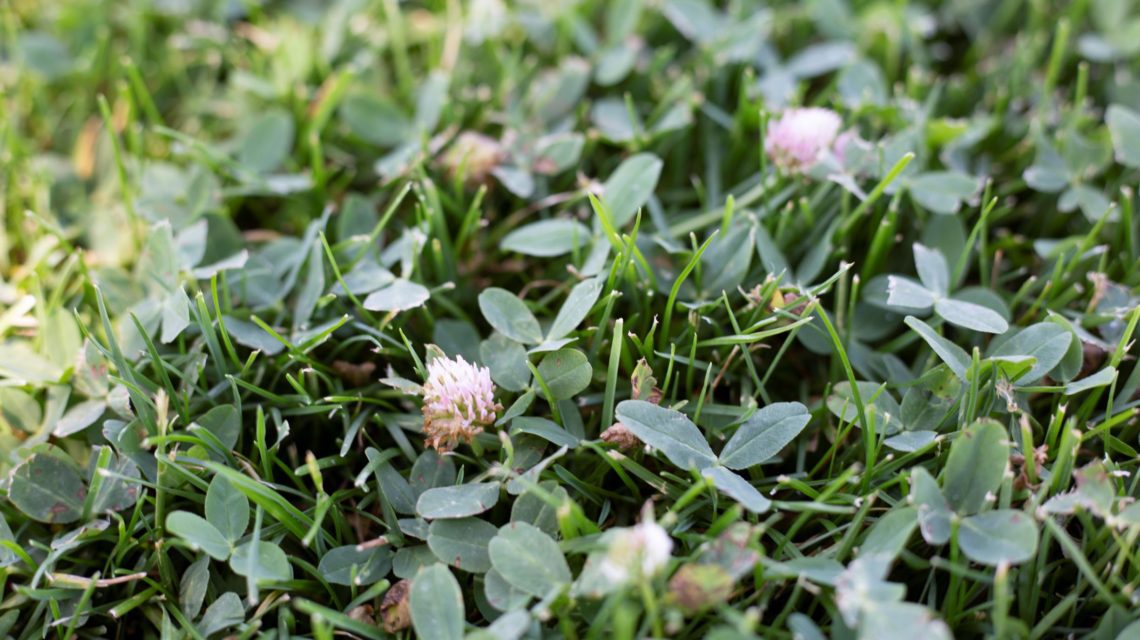
Did you know that some of the weeds growing in your yard have medicinal properties, and some are edible? If you’re lost in the woods, that knowledge might come in handy, but most of us are probably more interested in learning how to get rid of the weeds. Whether you’re planning an escape to the
read more



